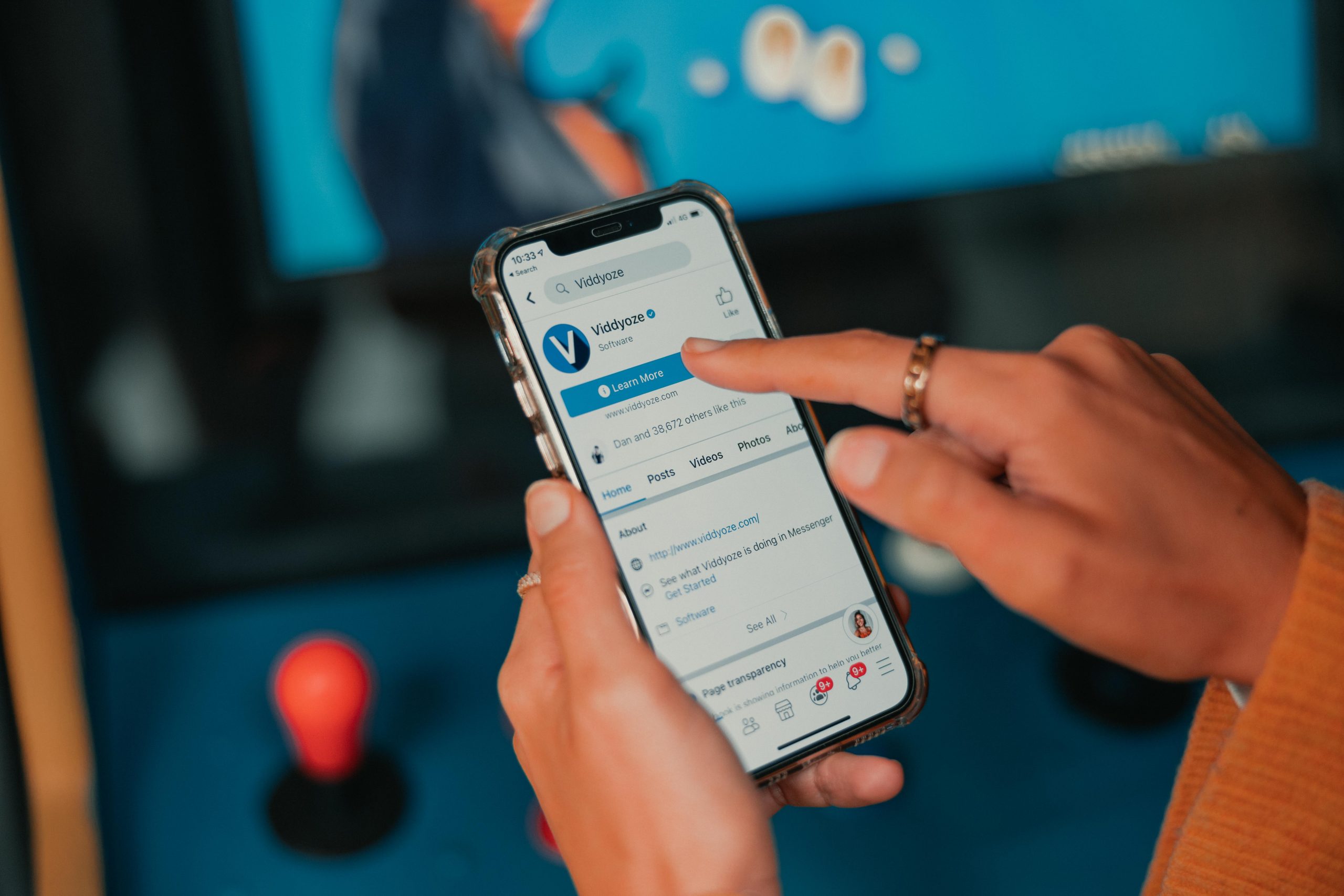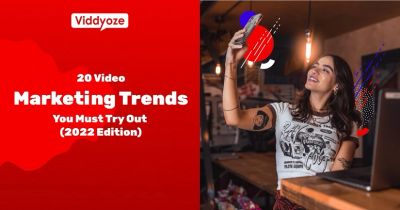So here we are, the new digital world.
The last 18 months have changed everything. Covid-19 has pushed us even further online, accelerating an already rapid shift towards digital. The effects have been staggering. Right now, the world is almost entirely driven by digital technologies.
Of course, digital is nothing new. What is new, however, is the rate of digital adoption among businesses that, up until last year, were completely behind the times.
Just look at hospitality and retail. The former is gigantic – one of the biggest business sectors in the world. Pre-Covid, your local Italian, Indian or Spanish restaurant probably used a pen and pad to take your booking. Now, they’re very likely to be using an online booking system. And they’ve probably set up a takeaway service, too.
Businesses going digital must adapt
The world of retail is also transforming right in front of us. The high street has been hit especially hard, with independent shops feeling the brunt of it. Those who’ve survived have done so by shifting solely online. Sure, some were doing that already – but it was never the main focus. It was a transition. They still had the high street, the one thing that Amazon, for all its power and dominance, typically never had. That, of course, has all changed.
Now, everything is online. And it’s at the forefront of retail. It doesn’t matter how big you are, it’s the same for everyone. Just look at Topshop/Topman/Miss Selfridge. All were bought out not for their retail footprint, their stores – i.e. bricks and mortar – but for their brand equity. This, the reasoning goes, can be effectively leveraged digitally.
Opportunity: What This All Means
It may sound pretty bleak, but in reality, it means one thing: opportunity.
And not just for a chosen few. It’s there for everyone. But it’s going to take some work. Businesses going digital must adapt, as what worked offline won’t necessarily work online. They’ll also need to wise up on digital marketing. Without that, survival will be tough.
Let’s again look at retail and hospitality.
Local Retail
Take a shop on the high street. As a result of their spot, footfall was pretty much guaranteed. Sales were a given. ‘Traffic’ came by virtue of location.
The internet doesn’t work like that. Sure, that same shop can make a website in minutes, but if it isn’t marketed properly, no one will even know it’s there.
It didn’t matter 18 months ago because you still had the high street. Now, the high street as we know it has gone.
Hospitality
The same goes for hospitality. Eighteen months ago, having a good TripAdvisor rating was enough to get people through the door.
Certainly, websites were important, and online menus and booking systems were on the rise, but these things all relied on physical premises. And when the doors were forced to close, it all stopped. Dead.
Those who could, shifted to takeout. And while it was a great move, like those in the retail sector, hospitality businesses soon discovered that having a website was’t enough. It didn’t automatically make them visible.
That fact has resulted in reliance on others, which comes with a cost. And Ffod apps, like UberEATS and Just Eat, have cleaned up as a result, despite being expensive minefields for restaurants.
Being Independent In A Digital World
Right now, independence is crucial for businesses. And digital marketing is the best way of achieving that.
Think about it. If a restaurant can market itself effectively online, it doesn’t need the likes of UberEATS to connect with customers. Instead, it can take orders directly, keep all the money and capture the returning business, too. Makes sense, right?
An unfair one-star review can trash your reputation
Now for the million-dollar question: how do you market yourself effectively online? First, don’t focus on pre-existing platforms, such as UberEATS and Amazon. Sure, these apps provide a readymade “high street” and plenty of users to sell to, but reliance on these platforms is dangerous. You’re never really in control.
Amazon can put another seller above you. An unfair one-star review can trash your reputation. And so on.
Instead, what you need to do is find yourself a prime spot on the digital high street.
Finding The Digital High Street
The high street used to be a place you’d meet a friend for coffee, where you’d spend a few hours shopping.
You’d go there for advice, products, services, and repairs… anything you needed. Just hop on the bus and head to the high street. The town center. The city center. The center of everything from business and commerce to socializing and dining.
Social media is the city center of the modern world
Now, social media is the city center of the modern world. And that’s where you’ll find the digital high street. The only difference is that it never closes – it’s open 24/7 all year round.
But we know this already, right? Social media has, after all, been around for years now, and it’s nothing new. What is new, however, is our relationship with it. With high streets closed, we had to go somewhere. And so we went online and we headed to social media.
That’s where you’ll find most of us today – and we aren’t necessarily looking to leave.
The Times Are Changin’ – And So Are We
Covid-19 has changed our habits. People who’d never shopped online before – like my mum – now do without a second thought. Early in the pandemic, I started helping out my elderly neighbors by getting their groceries for them as they were too scared to shop themselves. Now, they just do it online.
Everyone has had to adapt in some way. And as more people transition online, digital high streets will only thrive, grow and evolve. People have been saying it for years anyway: the traditional high street is dying. Covid-19 was, unfortunately, the final blow.
For every success story like TikTok, there’s always a Myspace or a Vine to watch out for
Of course, nothing in life is guaranteed. It’s the same for social media platforms. For every success story like TikTok, there’s always a Myspace or a Vine to watch out for (three years after this Wired article, the latter was put to bed).
But the takeaway is this: new platforms will always emerge. And they all have one thing in common: the same marketing can be used across any of them. And this is key. This is where the opportunity is.
Right now, all over the world, there are businesses attempting to market online for the first time. As a result, competition – and the importance of a spot on the digital high street – is skyrocketing.
All businesses, no matter the industry, are heading to the same place. But it’s not easy to make yourself heard. Standing out is more vital than ever.
How Businesses Can Succeed On A Busy Digital High Street
Innovate and market better with video content. That’s it.
The digital high street’s major players – Facebook, Twitter, LinkedIn, Instagram, and TikTok – are all pretty much defined by it. That isn’t really going to change.
There are other forms of content, but in an increasingly digital world, where people are time-poor, video has become supreme. Why? Because it works and it sells. In fact, 78% of marketers say video has directly helped increase sales.
And we haven’t even talked about YouTube yet, which is, at the time of writing, the most visited website in the world. With over two billion active monthly users, there’s every reason to be on the platform. It’s key to being discovered.
Viddyoze: Your Golden Ticket To Online Success
Video isn’t just the future of marketing – it’s the now. There’s a reason 84% of people say that a brand’s video has convinced them to buy a product. It’s engaging, it hooks you in and it works.
The problem with video is that it’s hard to do well. Anyone can upload a video, after all, but if you don’t know what you’re doing, you’re really not doing anything at all.
Alternatively, you can pay a professional to create videos, but this can be extremely expensive.
Or you can find a middle path – i.e. learn how to shoot videos and create animations yourself. The problem with this is it takes an enormous amount of time to do. And by the time you’ve finished learning just the basics, your competitors have already moved on.
There is a better way. It’s you and it’s Viddyoze
There is, however, a fourth and better way. It’s you and it’s Viddyoze, but not quite as you know it. What I’m talking about is Viddyoze White Label, which is a solution that you can call your own. We’ve spent years developing our software so that our users can easily create short, attention-grabbing video content for social media at speed and at scale – all without needing any technical know-how. With Viddyoze White Label our technology can be branded and marketed as your own.
And that’s not all. With Viddyoze White Label, you can even pass on our video animation technology to other local businesses and organizations – and, in turn, help them also set up shop on the digital high street.
Because the truth is that social media is where we all need to be. Your audience is already there. Let them discover you.
Guest post by Jamie Garside, co-founder of Viddyoze.
Find out more about how Viddyoze can help you win big on the digital high street.



